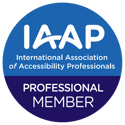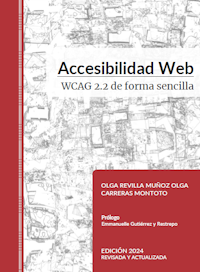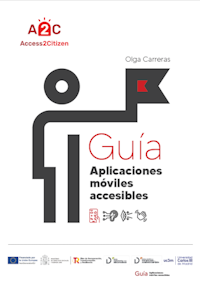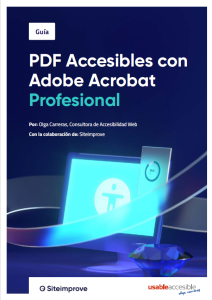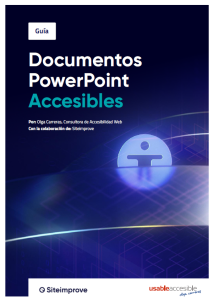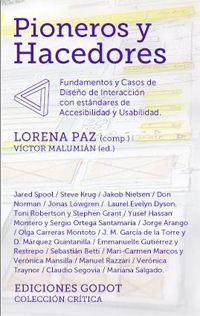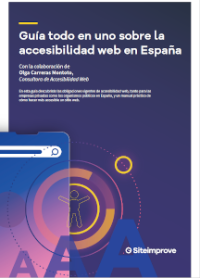Fácil de leer
La técnica G153: Making the text easier to read (nivel AAA) nos da unas pautas para reducir la complejidad de un texto:
- Develop a single topic or subtopic per paragraph.
- Use the simplest sentence forms consistent with the purpose of the content. For example, the simplest sentence-form for English consists of Subject-Verb-Object, as in John hit the ball or The Web site conforms to WCAG 2.0.
- Use sentences that are no longer than the typical accepted length for secondary education. (Note: In English that is 25 words.)
- Consider dividing longer sentences into two.
- Use sentences that contain no more than two conjunction.
- Indicate logical relationships between phrases, sentences, paragraphs, or sections of the text.
- Avoid professional jargon, slang, and other terms with a specialized meaning that may not be clear to people.
- Replace long or unfamiliar words with shorter, more common terms.
- Remove redundant words, that is, words that do not change the meaning of the sentence.
- Use single nouns or short noun-phrases.
- Remove complex words or phrases that could be replaced with more commonly used words without changing the meaning of the sentence.
- Use bulleted or numbered lists instead of paragraphs that contain long series of words or phrases separated by commas.
- Make clear pronoun references and references to other points in the document.
- Use the active voice for documents written in English and some other Western languages, unless there is a specific reason for using passive constructions. Sentences in the active voice are often shorter and easier to understand than those in the passive voice.
- Use verb tenses consistently.
- Use names and labels consistently.
También se propone en la técnica G86: Providing a text summary that requires reading ability less advanced than the upper secondary education level (nivel AAA) la creación de un resumen del texto que requiera una habilidad de lectura menos avanzada que la de un nivel de educación de secundaria.
Artículos relacionados:










